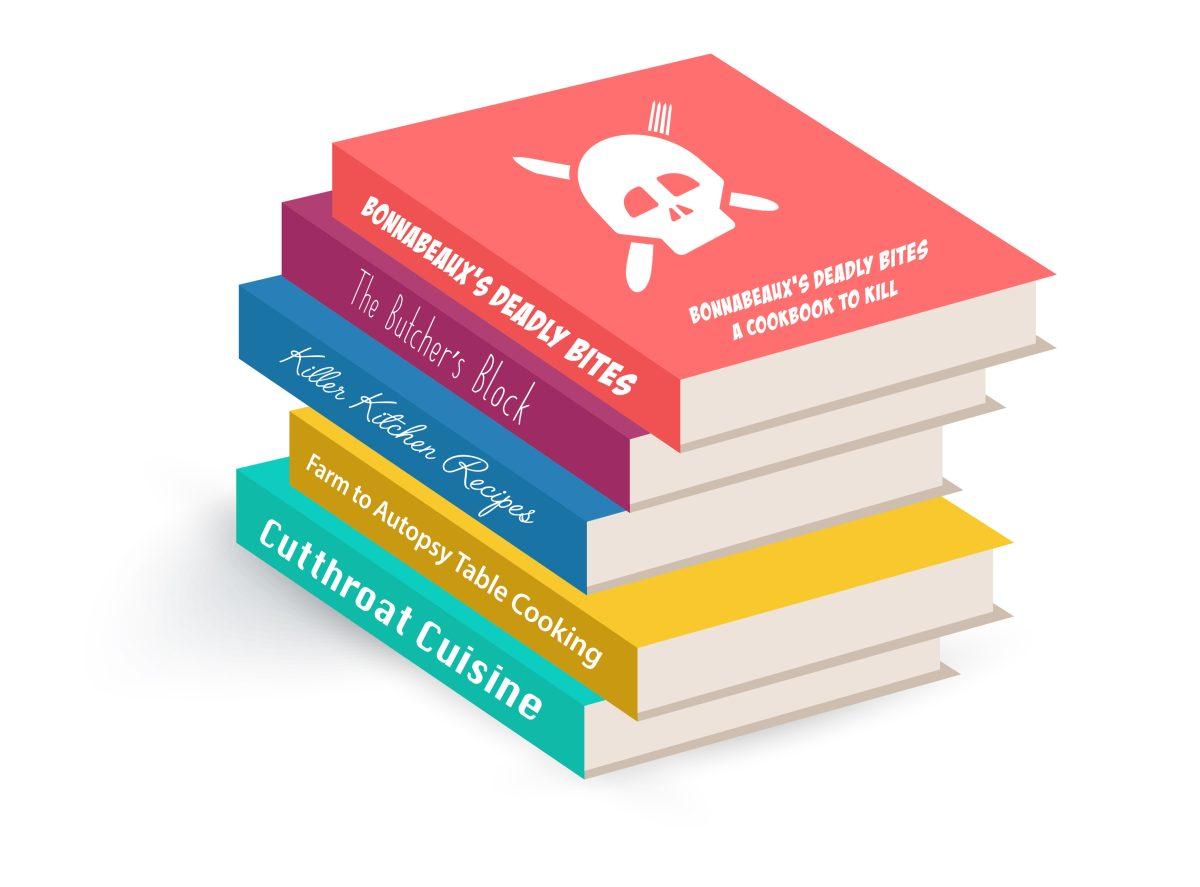NC State researchers find that many popular cookbooks containing recipes with raw animal ingredients have little to no food safety information, and the safety information they do have tends to be inaccurate. Instead of using sound science, many cookbook instructions tell readers subjective ways of checking if meats are done that don’t guarantee that a safe internal temperature has been reached.
Katrina Levine, a registered dietitian and NC State extension associate, is the lead author of the research paper “Evaluating food safety risk messages in popular cookbooks,” which is published in the British Food Journal.
“I had this interest in cooking and then we had support to look at consumer messages around food safety, so we kind of put the two together to look at food safety messages in cookbooks,” Levine said. “As food safety experts, we tend to see the world through this food safety lens, so when cooking at home, I was starting to notice that most of the recipes that I used didn’t give much information about food safety.”
Benjamin Chapman, associate professor and NC State food safety extension specialist, is the senior author of the paper.
“I had an individual who works with me who was really interested in food preparation, and we were talking one day about cookbooks and sort of went on the heels of a study I was part of ten years ago where we looked at food safety practices on cooking shows,” Chapman said. “We tossed around this idea of ‘what kind of information is in cookbooks, are cookbooks a good source of food safety information?’ We had this structured look to what’s in there and did some evaluation.”
The researchers wondered if there was a bigger issue at hand and decided to investigate it in a systematic way, according to Levine. They read through 29 cookbooks from the food and diet New York Times bestseller list and that led to looking through 1,497 recipes.
“We chose those because they were using raw animal ingredients which were supposed to be cooked in the recipe, so that was our standard for choosing recipes,” Levine said. “Then from that list, we narrowed it down to about 1,500 recipes [1,497] that could be effectively measured with a digital food thermometer. We went through each of those recipes and looked at several food safety risk factors.”
These food safety risk factors included internal cooking temperature and messages to reduce the risk of cross contamination, according to Levine.
“About 92 percent of those recipes did not list a safe endpoint temperature,” Chapman said. “Only about 8 percent did and of those 8 percent, only about 70 percent of the time was that temperature correct or science based.”
Non-science based or subjective doneness indicators are another risk factor that the researchers looked at. Subjective doneness indicators include clear juices and firmness tested by touching.
“A lot of what we found were subjective indicators, so things like ‘the chicken is not pink anymore’ or ‘cook a hamburger until it’s firm’ and these things are very common but often are not a substitute for measuring temperature,” Chapman said. “There’s a lot of variability. You can have pink hamburgers that have reached a safe temperature and you can have brown hamburgers that haven’t reached a safe temperature.”
Cooking instructions can still have subjective indicators, but people should be on the same page with safe temperatures, according to Chapman.
There are various events and informative posts on food safety as part of the NC State extension program. It also has a reference for safe minimum cooking temperatures for many different meats.
The goal of the research is not to point out specific authors or recipes, according to Levine. The researchers were looking at the group as a whole to investigate whether food safety information is present in cookbooks or not.
“We really just wanted to open the dialogue with cookbook authors, publishers and the public about getting that safety handling and food preparation messages into those media sources,” Levine said. “People go to cookbooks to get ideas and follow recipes, so there’s this opportunity to add food safety information in there.”













